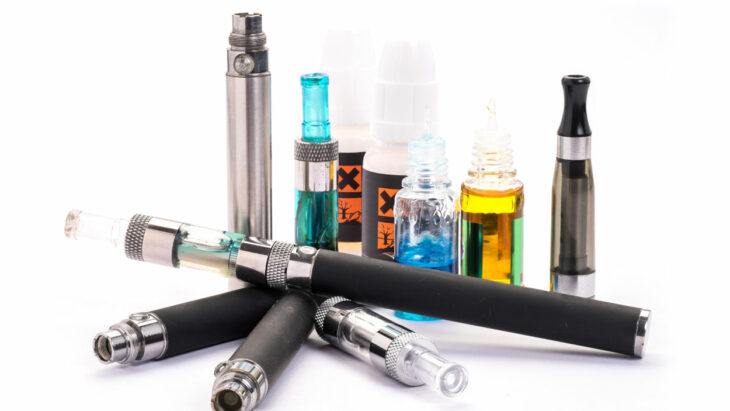E-cigarettes, also known as vapes, are often thought to be a safer alternative to cigarettes. E-cigarettes heat up a liquid that contains nicotine, flavorings and other chemicals into a breathable aerosol or “vape” that you inhale and is delivered to your lungs.
We still have much to learn about the health consequences of vaping, but here is what we know so far.
- Most vaping products contain nicotine, and even those that are labeled nicotine free have some nicotine. Nicotine is highly addictive.
- Nicotine increases heart rate and blood pressure, potentially increasing the risk of cardiovascular disease.
- Nicotine poses unique dangers to youth because their brains are still developing.
– In 2020, almost 20% of high school students vaped. Fortunately, this number is down in 2024, to approximately 8%.
– Nicotine can damage parts of the brain that control attention, learning, impulse control and mood.
– Adolescents who use nicotine are at increased risk of using other drugs in the future.
– Adolescents who vape are more likely to smoke cigarettes in the future.
- Vape liquids contain cancer-causing chemicals like formaldehyde and acetaldehyde.
- Another chemical, diacetyl, which is used for flavoring, has been linked to a serious, irreversible lung disease known as bronchiolitis obliterans — more commonly known as “popcorn lung”; the disease was first identified among workers in a microwave popcorn factory. The workers had breathed in diacetyl, which is used to make the popcorn taste buttery.
- E-cigarettes contain acrolein, a herbicide primarily used to kill weeds. It can cause acute lung injury and COPD, as well as asthma and lung cancer.
- EVALI, or E-cigarette/vaping product associated lung injury, is a serious medical condition.
- – In 2019-2020, over 2,800 people were diagnosed with EVALI.
– Sixty-eight patients died from the condition.
– A synthetic vitamin E, vitamin E acetate (VEA), has been used as a thickening agent for THC oil and appears to be the main culprit in EVALI; however, there are cases of EVALI that did not involve VEA.
– Since the use of VEA has been eliminated in vaping liquid, the number of cases of EVALI has decreased, but it still occurs.
– To lower the risk of EVALI, do not use products from informal /unregulated sources such as friends, family or the internet that could potentially contain VEA.
– Most EVALI cases involve vape products that contain THC.
- Emerging data suggests links to chronic lung disease and asthma
- Vaping contains heavy metals such as tin, lead and nickel that can build up in your organs
While E-cigarettes generally contain fewer harmful chemicals than found in regular cigarettes, this does not make them safe. Scientists and health care professionals are still learning about the immediate and long-term health effects.



